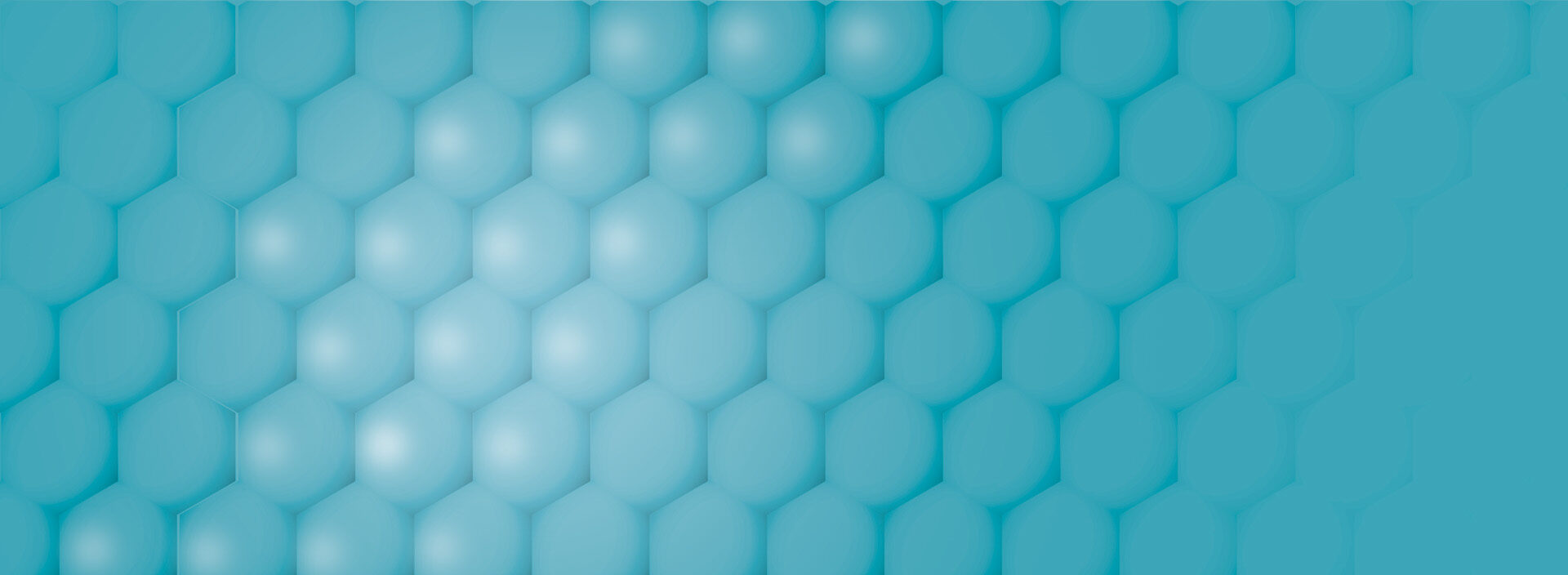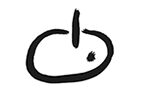Jacek ROMAŃSKI
dr | PhD (Philosophy)
Polska | Poland
Drukując idee, drukując przedmioty – ontologiczna analiza dzieł sztuki stworzonych z wykorzystaniem wydruku 3D | Printing ideas, printing objects – an ontological analysis of artworks created with 3D printing
BIO
[PL] Jacek Romański – doktor filozofii, absolwent UJ, zajmuje się współczesną myślą francuską. Autor artykułów m.in. „Niepewność istnienia. Michaela Foucaulta studia nad człowiekiem”,
„Nieświadomość a barokowa wizja świata według Gillesa Deleuze’a”, ”Anarchia nieprzedstawialnego. O materializmie u Diderota i De Sade’a”. Redaktor i współautor książki „Na Przełomie – 25 lat seminarium filozoficznego”. Jego zainteresowania naukowe oscylują na pograniczu ontologii i estetyki. Obecnie pracuje nad przybliżeniem polskiemu czytelnikowi filozofii Michela Serresa. Członek Polartu.
[ENG] Doctor of Philosophy, graduate of the Jagiellonian University, deals with contemporary French thought. Author of articles such as: “Uncertainty of Existence. Michael Foucault’s Studies on Man”, “Unconsciousness and the Baroque Vision of the World According to Gilles Deleuze”, “The Anarchy of the Unrepresentable. On Materialism in Diderot and De Sade.” Editor and co-author of the book “At the Breakthrough – 25 Years of the Philosophy Seminar.” His scientific interests oscillate between ontology and aesthetics. Currently working on bringing the philosophy of Michel Serres closer to the Polish reader. Member of Polart.
Abstrakt
[PL] Celem wystąpienia będzie poruszenie kilku istotnych z punktu widzenia filozofii problemów, składających się na podstawowe zagadnienie związane z pytaniem o to, co jest przedmiotem sztuki, czy bardziej uszczegóławiając jaki jest jego status. Pole działalności artystycznej skupione wokół szerokorozumianego druku trójwymiarowego zdaje się stanowić zarówno inspiracje jak i dobry punkt wyjścia dla powyższych pytań. Tym bardziej celowa zdaje się próba zbadania w jakim zakresie mógłby on stanowić próbę skonstruowania na nie odpowiedzi w ramach właściwego dla tego kierunku w sztuce współczesnej języka.
Pierwszym z interesujących mnie w tym kontekście aspektów będzie zawarta w tego typu artefaktach tendencja do powielania, multiplikacji, obejmująca zarówno wirtualny model 3D, wydruk jak również sam algorytm i jego nośnik. Korelację tych składających się na dzieło elementów omówię w odniesieniu do sytuacji poznawczo percepcyjnej zarówno twórcy jak i odbiorcy. Postaram się również ukazać perspektywy poznawcze, które otwierają się wraz z postulatem ograniczania materializacji dzieła np. w plastiku na rzecz jego aktualizacji w świecie wirtualnym oraz uwypuklić wynikające z tego ograniczenia.
W następnej kolejności poruszę tematykę odtwórczego charakteru wydruku, który uwidacznia się zarówno w sieci intertekstualnych powiązań, jak również na płaszczyźnie ontologicznej.
[ENG] The aim of the talk will be to address several problems, relevant from the philosophy point of view, which are comprised in the basic issue related to the question of what the object of art is, or, more specifically what its status is. The field of artistic activity focused around broadly understood three-dimensional printing seems to be both an inspiration and a good starting point for the above questions. All the more purposeful seems the endeavour to examine to what extent it might constitute an attempt to answer them within the framework of the language apt for this direction in contemporary art.
The first aspect of my interest in this context will be the tendency for replication and multiplication contained in this type of artefacts, including both the virtual 3D model – the printout, as well as the algorithm itself and its carrier. I will discuss the correlation of these constituent elements in relation to the cognitive-perceptual situation of both the creator and the viewer. I will also try to show the cognitive perspectives that open up along with the postulate of restraining the materialization of the work, e.g. in plastic, in favour of its actualization in the virtual world, and highlight the resulting limitations.
Next, I will touch upon the reproductive character of the printout, which manifests itself both in the network of intertextual connections as well as ontologically.
Finally, I will systematize the conclusions in order to show the original essential features of artworks created with 3D printing technology.


